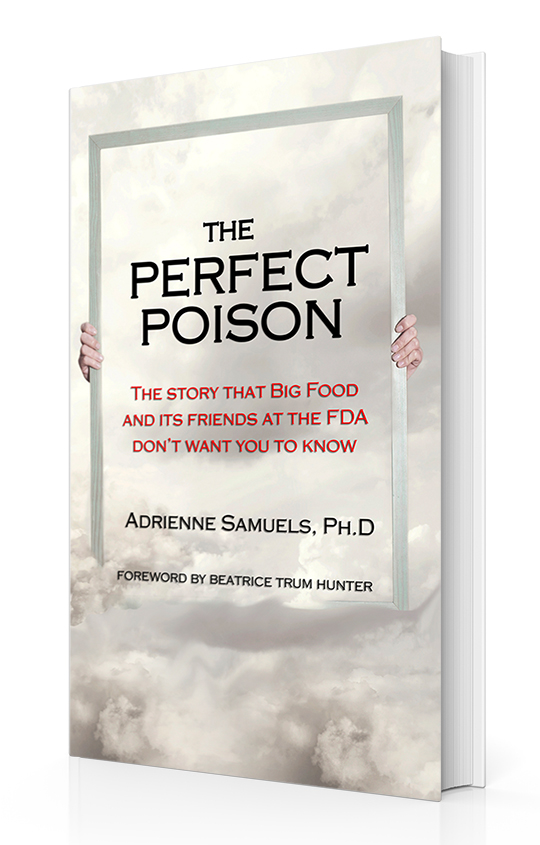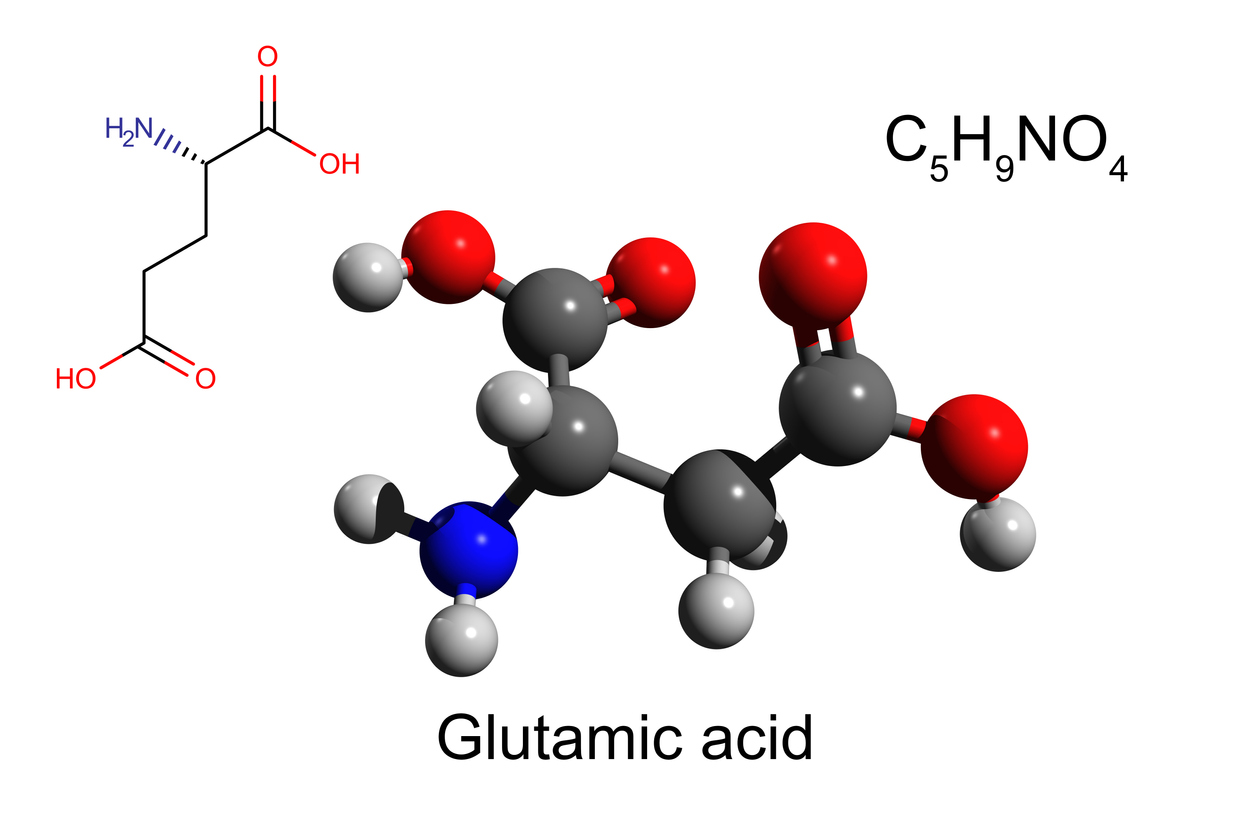Adding a scoop of a protein powder to a shake or smoothie sure sounds like a good idea. After all, proteins are essential nutrients for the human body. They are one of the building blocks of body tissue and can also serve as fuel sources.
But there’s a very important distinction to be made between the protein in meat, fish, poultry (and other whole-food sources) and the powder that comes out of that box, bag, or jar. Read this post carefully before you touch another protein-fortified drink, snack bar or supplement. Your brain will thank you!
Amino acids
Proteins are polymer chains made of amino acids linked together by peptide bonds. During human digestion, proteins are broken down in the stomach to smaller polypeptide chains via hydrochloric acid and protease enzyme actions.
When protein is ingested and then broken into individual amino acids, those individual amino acids proceed slowly through the human digestion processes. Unless one is allergic or sensitive to the food that contains the protein, its amino acids continue along to be digested without adverse effect.
But if protein is broken into individual amino acids before it is ingested, those free amino acids take on a toxic potential that they would never have ingested as part of a whole protein.
Take glutamic acid (glutamate). When released from protein during digestion, glutamate is vital to normal body function. Often referred to as “a building block of protein,” it is the major neurotransmitter in the human body, carrying nerve impulses from glutamate stimuli to glutamate receptors throughout the body.
Yet, when freed from its protein source (be it from milk, peas, soy, etc.) and then consumed in amounts that exceed what the healthy human body was designed to accommodate, glutamate takes on “excitotoxic” properties. What was a normally functioning neurotransmitter turns hostile, firing repeatedly and damaging receptor cells in the brain and elsewhere until they die.
Excitotoxins
The U.S. Food and Drug Administration (FDA) makes a labeling distinction between whole protein foods and potentially excitotoxic processed protein products that are made up of individual amino acids.
FDA rules say that an unadulterated tomato is to be called a “tomato.” A “pea” is required to be called a “pea” and whey is called “whey.” Those are their common or usual names. No reference is made to the fact that these protein-containing foods contain protein.
In contrast, when amino acids are freed from proteins such as peas, the resulting ingredients will be called “pea protein,” or “isolated pea protein,” “pea protein concentrate,” or “hydrolyzed pea protein.” And you’ll find these ingredients in all kinds of food products, including a popular dairy-free drink called Ripple.
Other food ingredients that have the same excitotoxic properties have names that include the words “hydrolyzed,” “autolyzed,” “amino acid,” “L-glutamate,” “glutamic acid,” and “L-glutamic acid.”
So, why haven’t you come across this information before? Why are products containing these brain-damaging excitotoxins even allowed on the market?
The answers lie in the dark history of an unregulated industry – “policed” by an FDA that chooses to look the other way. That history can be read in The Toxicity/Safety of Processed Free Glutamic Acid (MSG): A study in Suppression of Information.
Accountability in Research. 1999(6):259-310; by A. Samuels.
To learn more about how the FDA cooperates with Ajinomoto, the world’s largest producer of monosodium glutamate, check out this page at our website.











